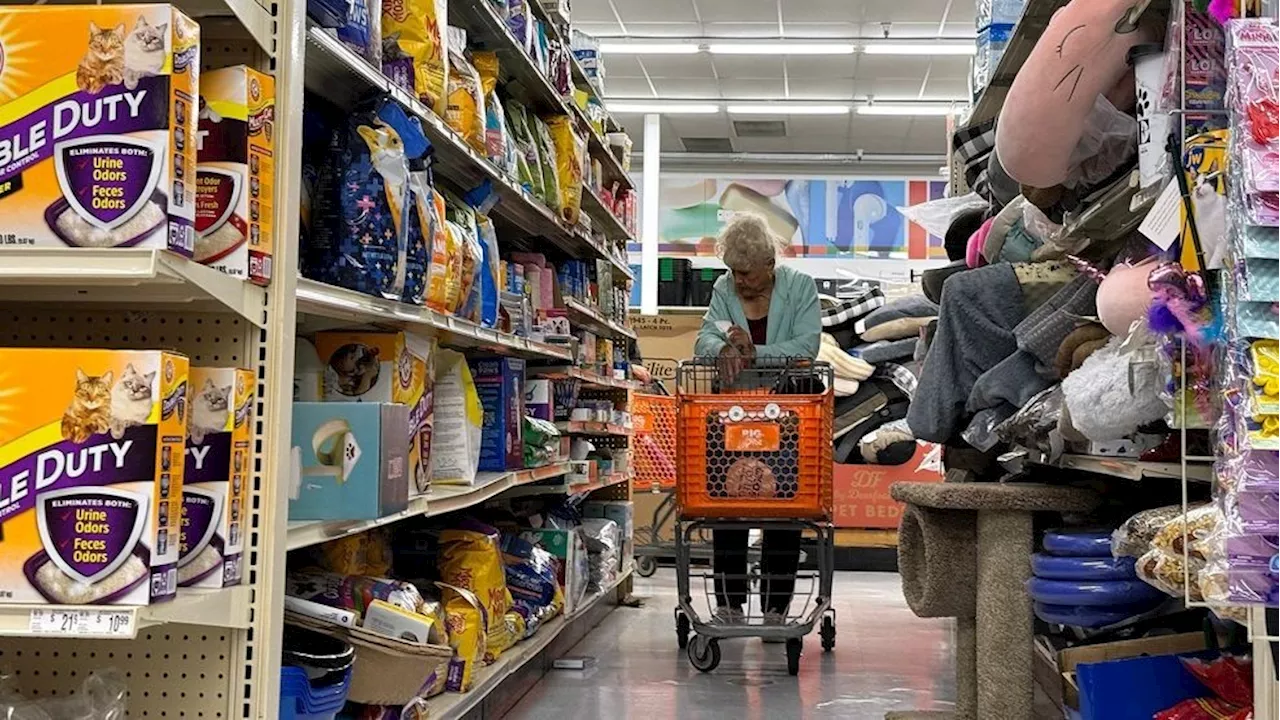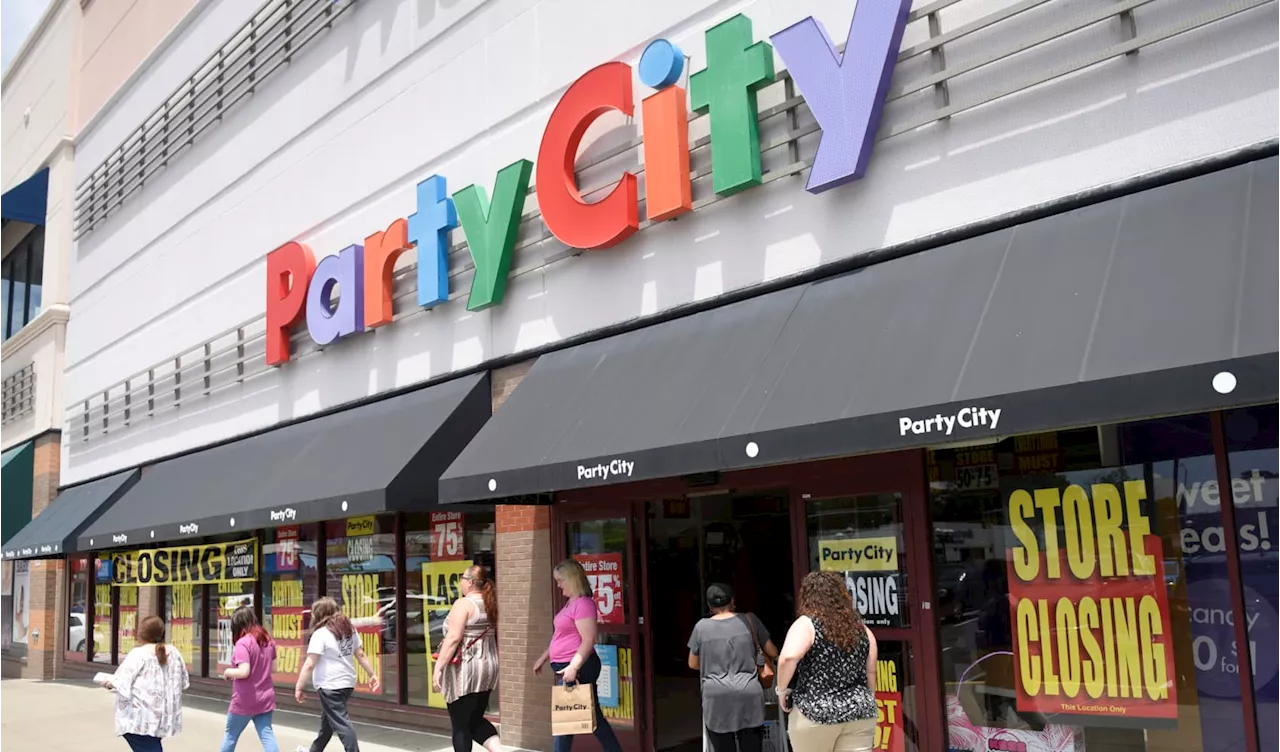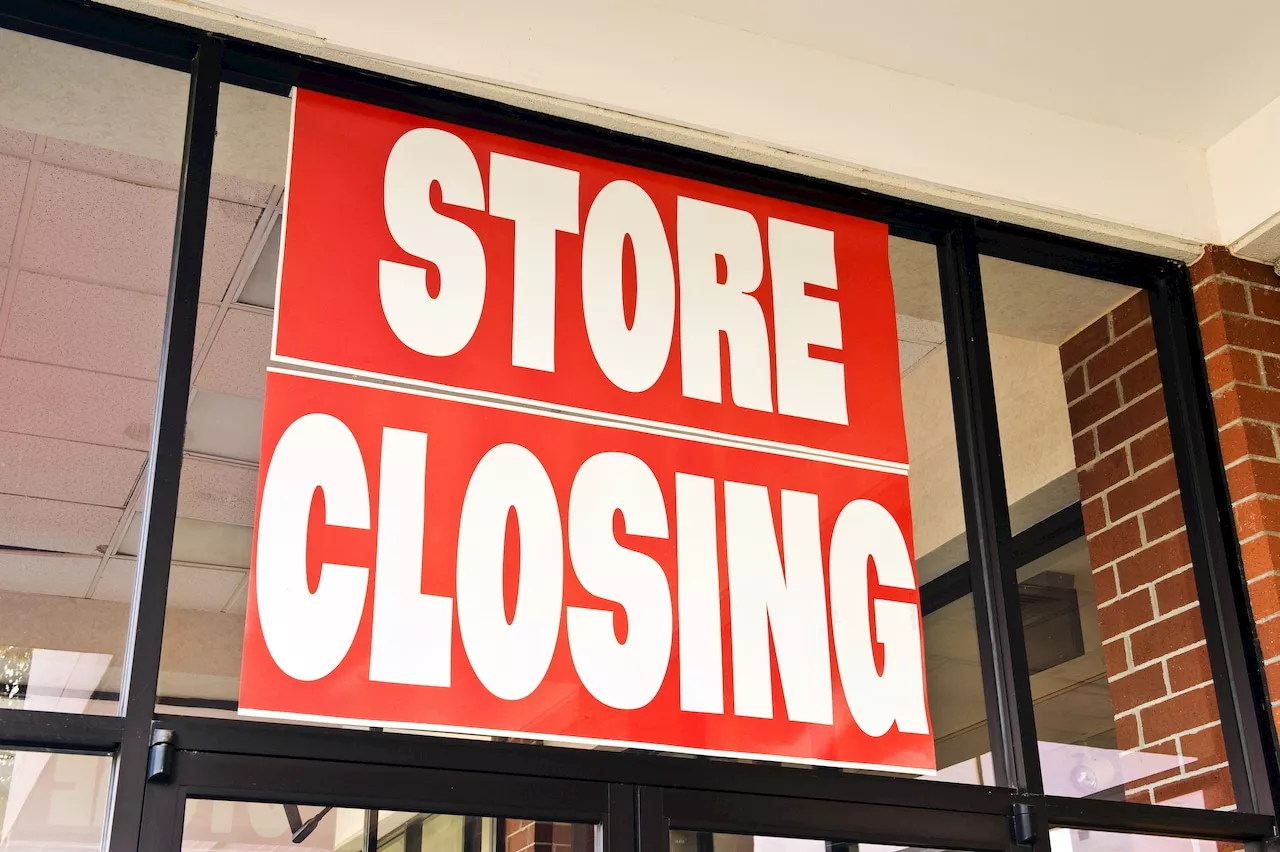The retail industry faces a bleak future as online shopping continues to dominate. A new report reveals a staggering number of store closures in 2024 and predicts an even worse situation for 2025. Experts discuss the challenges facing traditional retailers and the strategies they need to adopt to survive in a rapidly evolving market.
Live your best life with expert tips and news on health, food, sex, relationships, fashion and lifestyle. Subscribe to Best Life's newsletter now. Our content is fact checked by our senior editorial staff to reflect accuracy and ensure our readers get sound information and advice to make the smartest, healthiest choices. We adhere to structured guidelines for sourcing information and linking to other resources, including scientific studies and medical journals.
The retail industry is walking on eggshells. In the wake of the pandemic, many businesses are still grappling financially, on top of trying to appeal to younger consumers—all while working to build a strong online presence, too. A recent report aptly summed it up: We are in the midst of a 'retail apocalypse.' And things aren’t letting up in 2025, according to a new retail data report. Retail giants like 7-Eleven, Macy’s, and Target contributed to the 7,325 retail closures in 2024. However, this year’s losses are predicted to be even more catastrophic. As of January 10th, the retail data firm had already logged 1,925 confirmed store closings. This list ranges from department stores to office supply chains, including Kohl’s, Office Depot, and Michaels), home goods stores (think furniture stores like Crate & Barrel), and middle-market apparel retailers (such as J. Crew and The Gap). These types of retailers are considered most vulnerable for closures in 2025.Simply put, most consumers favor online shopping over the in-store experience. This is a direct threat to brick-and-mortar stores and other retailers who don’t have a digital footprint (or a poor one at that). Successful retailers are those who have embraced the online world and made the shopping experience convenient. Stores like Walmart and Amazon, who have streamlined the shopping experience—you can buy eggs, socks, shampoo, and a new TV all in one place—are thriving. Plus, budget spenders are at a disadvantage due to increasing interest rates, added former Columbia Business School professor. “Inflation and a growing preference among consumers to shop online to find the cheapest deals took a toll on brick-and-mortar retailers in 2024,” Coresight Research CEO told Inc. “Retailers that were unable to adapt supply chains and implement technology to cut costs were significantly impacted, and we continue to see a trend of consumers opting for the path of least resistance. Not only do they want the best prices, but they also have no patience for stores that are constantly disorganized, out of stock, and that deliver poor customer service.” “Who wants to go shopping for things in a store when there’s this added inconvenience of getting someone to unlock a shelf?” asked Cohen. “It’s probably cheaper for them to order it online anyway and have it on their doorstep the next day.” President Trump’s proposed tariff hikes are also expected to take a toll on the retail industry, though only time will tell. It’s not all bad news, however. In 2025, more than 1,000 store openings were announced before January 10th, per Coresight. Discount retailers, specifically, are forecasted to flourish in 2025. Aldi, T.J. Maxx, HomeGoods, and Marshalls are likely to open more locations as they continue to 'resonate with consumers,' he told. “I do believe brick and mortar will always be successful,” said Cohen. “But it’s not ubiquitous as it once was.
Retail Brick-And-Mortar Online Shopping Closures Economy Consumer Trends Future Of Retail Ecommerce
United States Latest News, United States Headlines
Similar News:You can also read news stories similar to this one that we have collected from other news sources.
 Retail Apocalypse Looms: Store Closures Expected to Surpass Pandemic LevelsA wave of store closures is predicted to engulf the retail landscape in 2023, exceeding the numbers witnessed during the height of the COVID-19 pandemic. Industry experts attribute this trend to a confluence of factors, including escalating competition from online giants, shifting consumer preferences, and a challenging economic climate. This article delves into the reasons behind the anticipated surge in store closures, exploring the impact on various retail sectors and potential implications for the future of shopping.
Retail Apocalypse Looms: Store Closures Expected to Surpass Pandemic LevelsA wave of store closures is predicted to engulf the retail landscape in 2023, exceeding the numbers witnessed during the height of the COVID-19 pandemic. Industry experts attribute this trend to a confluence of factors, including escalating competition from online giants, shifting consumer preferences, and a challenging economic climate. This article delves into the reasons behind the anticipated surge in store closures, exploring the impact on various retail sectors and potential implications for the future of shopping.
Read more »
 US Retail Apocalypse: 15,000 Stores Expected to Shutter in 2025The US retail industry is facing a crisis, with a record number of store closures predicted for 2025.
US Retail Apocalypse: 15,000 Stores Expected to Shutter in 2025The US retail industry is facing a crisis, with a record number of store closures predicted for 2025.
Read more »
 Retail Apocalypse Spreads: From Malls to Everyday StoresThe ongoing closure of physical retail stores, known as the 'retail apocalypse,' is impacting more than just large shopping malls. Corner stores, pharmacies, and even once-reliable staples like Party City and Big Lots are shutting down, signaling a significant shift in consumer behavior.
Retail Apocalypse Spreads: From Malls to Everyday StoresThe ongoing closure of physical retail stores, known as the 'retail apocalypse,' is impacting more than just large shopping malls. Corner stores, pharmacies, and even once-reliable staples like Party City and Big Lots are shutting down, signaling a significant shift in consumer behavior.
Read more »
 Retail apocalypse: Big Lots, rue21 and other retailers close thousands of stores in 2024As in recent years, 2024 consisted of major bankruptcies and store closings, one after another.
Retail apocalypse: Big Lots, rue21 and other retailers close thousands of stores in 2024As in recent years, 2024 consisted of major bankruptcies and store closings, one after another.
Read more »
 2024 was a bleak year for brick-and-mortar storesThe closure of physical stores, known as the 'retail apocalypse,' has spread beyond large shopping centers.
2024 was a bleak year for brick-and-mortar storesThe closure of physical stores, known as the 'retail apocalypse,' has spread beyond large shopping centers.
Read more »
 2024 was a bleak year for brick-and-mortar storesThe closure of physical stores, known as the 'retail apocalypse,' has spread beyond large shopping centers.
2024 was a bleak year for brick-and-mortar storesThe closure of physical stores, known as the 'retail apocalypse,' has spread beyond large shopping centers.
Read more »
